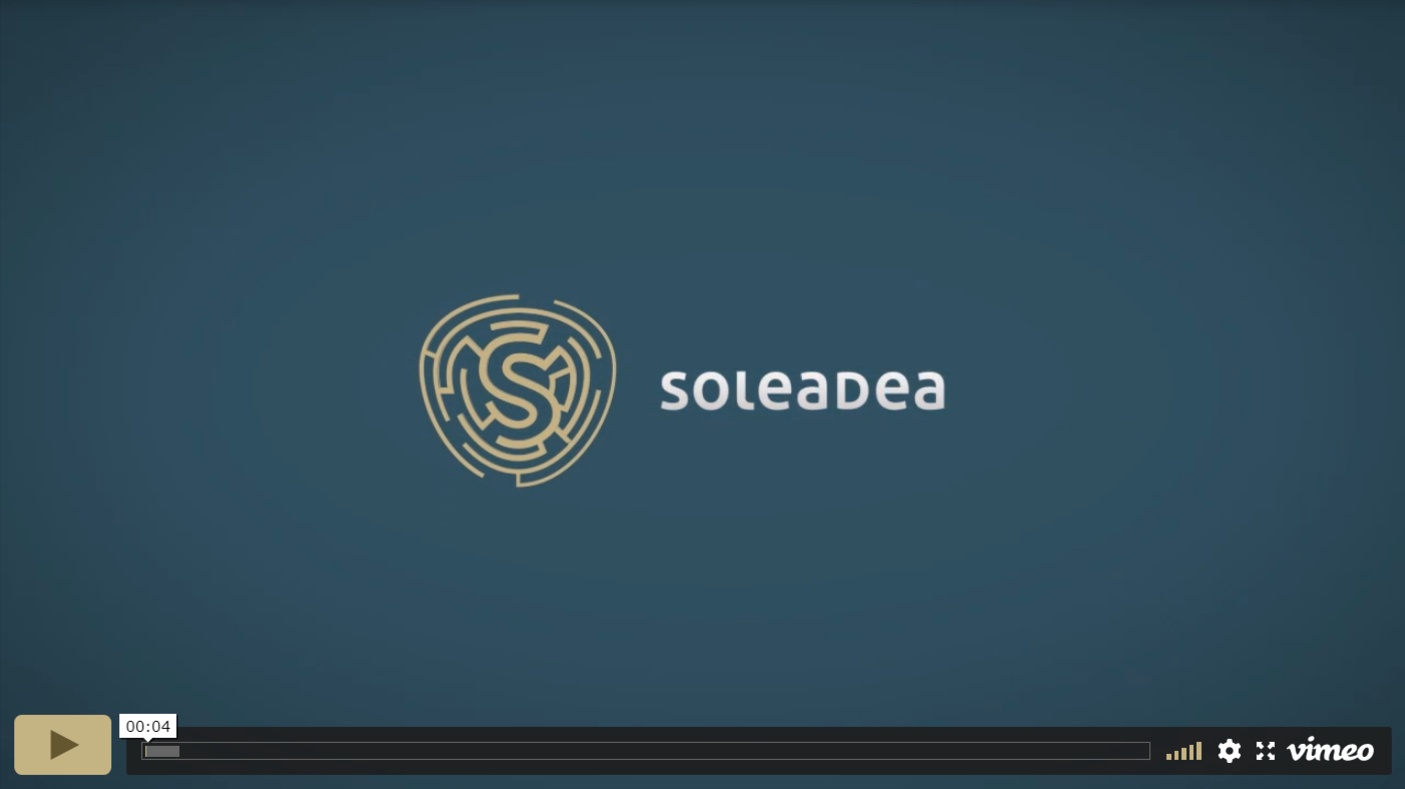Level 1 CFA® Exam:
Put–Call Parity
This lesson is devoted to the mutual relationship between the prices of European-style call and put options. This relationship is called put–call parity.
Assumptions
We have an underlying asset, e.g. a stock, and 2 options on the underlying: a call option and a put option.
Both options:
- are European-style options,
- have the same expiration date,
- have the same exercise price, and
- cover the same quantity of the underlying.
Put-Call Parity Formula
If these assumptions are met, we can establish the put–call parity, which takes the form of the following formula that you can use in your level 1 CFA exam:
The left-hand side of the equation is referred to as a fiduciary call and the right-hand side as a protective put.
A fiduciary call is a call option combined with a zero-coupon bond, that at expiration pays an amount equal to the exercise price of the call.
A protective put is an underlying asset combined with a put option.
On expiration day, both the fiduciary call and the protective put, pay off the same amounts. Thanks to arbitrage, if both strategies have the same payoffs, then the left-hand side of the equation must equal the right-hand side.
Suppose we know that the price of a 2-year put on a stock of Company ABC with an exercise price of USD 70 is USD 5 and the price of a stock of Company ABC today is USD 78. Knowing that the annual risk-free interest rate is 5%, determine the price of a call option on a stock of Company ABC, with an exercise price of USD 70 that expires in two years.
The price of the call option:
Suppose we know that the price of a 2-year put on the stock of Company ABC with an exercise price of USD 70 is USD 5 and the price of a stock of Company ABC today is USD 78. Knowing that the annual risk-free interest rate is 5%, determine the price of a call option on the stock of Company ABC with an exercise price of USD 78 that expires in two years.
With only this data available, we are not able to calculate the price of this call option. Why?
Because the exercise prices of the call and the put are not equal in this example. Put–call parity occurs only if the exercise prices of the two options are identical and all other assumptions are met.
But is there anything we can say about the price of the call option with an exercise price of USD 78?
Based on the previous example and the properties of call options we are able to determine that the option is not going to be more expensive than USD 19.50. This is because a call with a higher exercise price will never be more expensive than an equivalent call with a lower exercise price.
Put–call parity:
- allows us to determine the price of one option if we know the price of the other.
- is useful for determining the minimum price of both a call and a put,
- thanks to relationships involved in the put–call parity, allow to create synthetic instruments.
Synthetic Long Call
\(c_0=S_0+p_0-\frac{X}{(1+r)^T}\)
A synthetic long call consists of:
- a long position in an underlying asset,
- a long put,
- a short position in a bond.
(...)
One thing requires a more in-depth explanation. With the parity equation in its basic form, we determined that \(S_0\) is the current price of the underlying, minus the present value of any future profits expected to be made on the underlying until the expiration of the option.
If the underlying generates positive cash flows (e.g. dividends in the case of stocks), the put–call parity and the minimum and maximum option prices are appropriately adjusted. It means that we subtract the present value of the expected cash flows generated by the underlying from the price of the underlying. What follows is that the cost of buying the underlying is reduced by the value of positive cash flows generated prior to option expiration.
Suppose you know that the price of a 2-year put on the stock of Company XYZ with an exercise price of USD 70 is USD 5 and the price of a stock of Company XYZ today is USD 78. In a year from now, the company will pay dividends of USD 2 per share. Knowing that the annual risk-free interest rate is 5%, determine the price of a call option on the stock of Company XYZ with an exercise price of USD 70 expiring in two years.
Where:
\(PVofD\) is the present value of the expected dividends. In other words, USD 2 discounted 1 year back using a 5% discount rate.
- Both options included in the put-call parity are European-style options, have the same expiration date, have the same exercise price, and cover the same quantity of the underlying.
- A fiduciary call is a call option combined with a zero-coupon bond, that at expiration pays an amount equal to the exercise price of the call.
- A protective put is an underlying asset combined with a put option.
- On expiration day, both the fiduciary call and the protective put, pay off the same amounts.
- Put–call parity allows us to determine the price of one option if we know the price of the other, is useful for determining the minimum price of both a call and a put, and thanks to relationships involved in the put–call parity, allow to create synthetic instruments.


